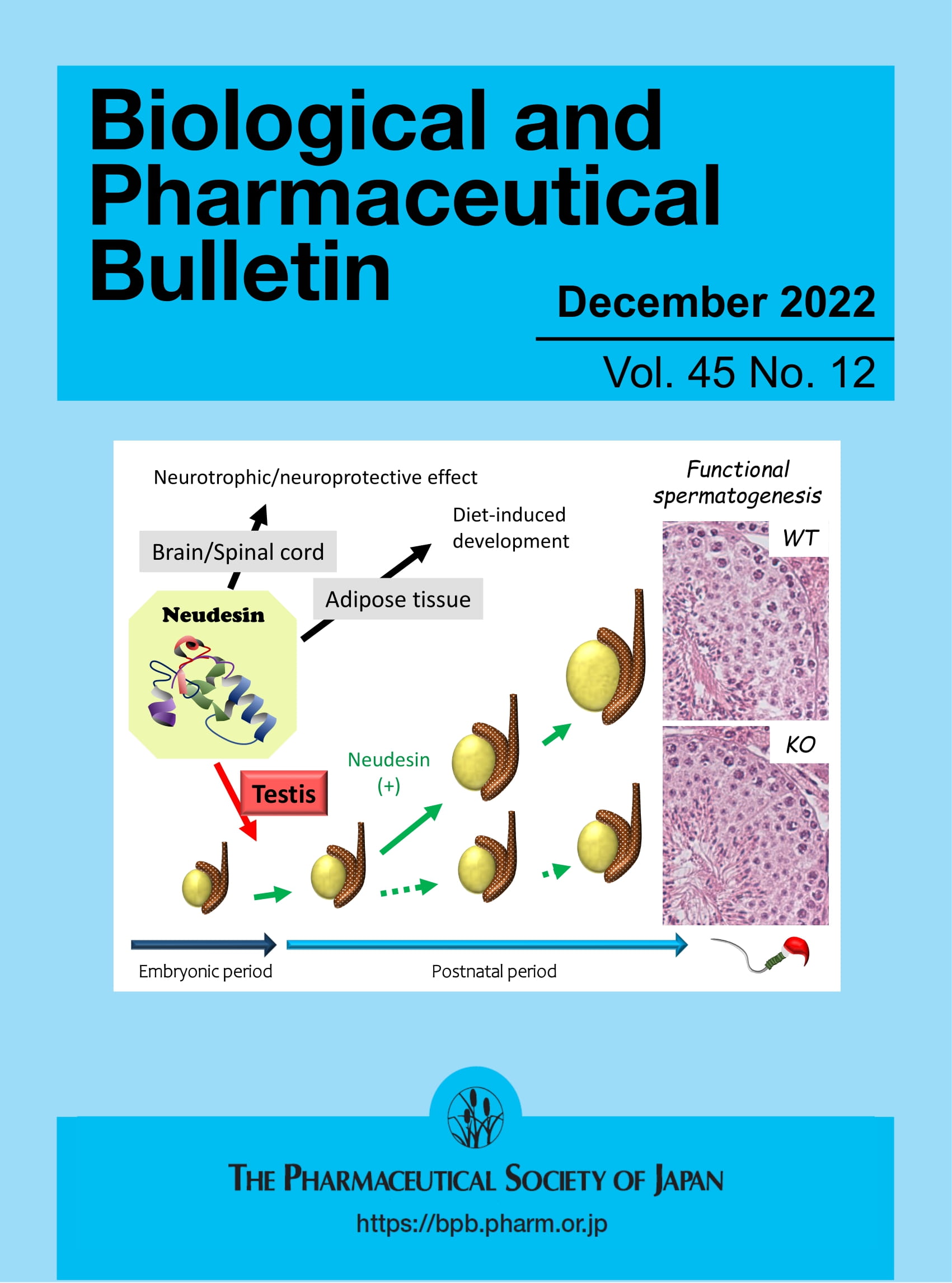Oxygen Isotope Analysis for Silicate Minerals Using a High-Temperature Conversion/Elemental Analyzer-Isotope Ratio Mass Spectrometer
Abstract
Rationale
Oxygen isotope composition of silicates is an important indicator of the formation environment and/or subsequent geochemical processes of minerals. Compared to carbonate minerals and organic matter, silicate is a less common target for oxygen isotope measurements because of the need for specialized fluorination instruments to break strong Si–O bonds.
Methods
We introduce a simple method using a high-temperature conversion elemental analyzer-isotope ratio mass spectrometer (TC/EA-IRMS), which does not require specialized instrumentation. Silicate powder with various fluorine compounds and ratios of fluorine/oxygen were decomposed at 1450°C, and then, mass spectral characteristics, oxygen yields, and δ18O values were compared.
Results
NaF and KF were the most reactive fluorine sources, followed by polytetrafluoroethylene, LiF, CaF2, BaF2, and AlF3, with decreasing reactivity. The F/O ratio affected the tailing of the CO peaks in the mass spectrum. Higher F/O ratios show a more rapid regression to background, resulting in higher reproducibility of oxygen yield and δ18O. In addition to simply adding fluorides to the sample, homogenization treatment also improved the reactivity. Activated carbon catalyzed by nickel is a better carbon source than graphite in terms of reactivity. The quartz and smectite with NaF added at an F/O ratio of 6 provided 90.0%–99.3% of oxygen yields, δ18O values that deviated less than 1.42‰ from literature values, and 0.18‰–0.30‰ of precision.
Conclusions
Although further investigation is required to verify its accuracy, the potential of the TC/EA-IRMS method for silicates is demonstrated. Because the hydrogen isotope composition can also be examined using the same instrument, it is expected that this method can be applied to a wider range of earth materials, including hydrous silicates such as clay minerals.



 求助内容:
求助内容: 应助结果提醒方式:
应助结果提醒方式:


